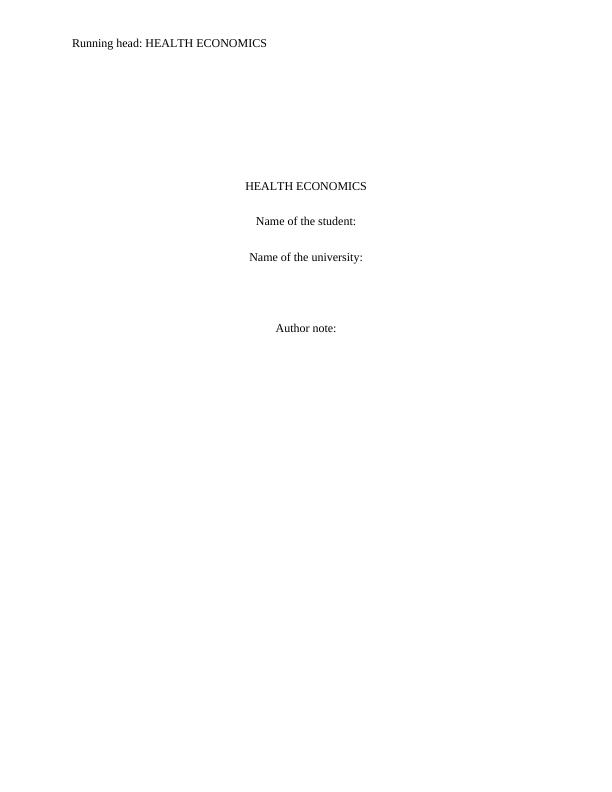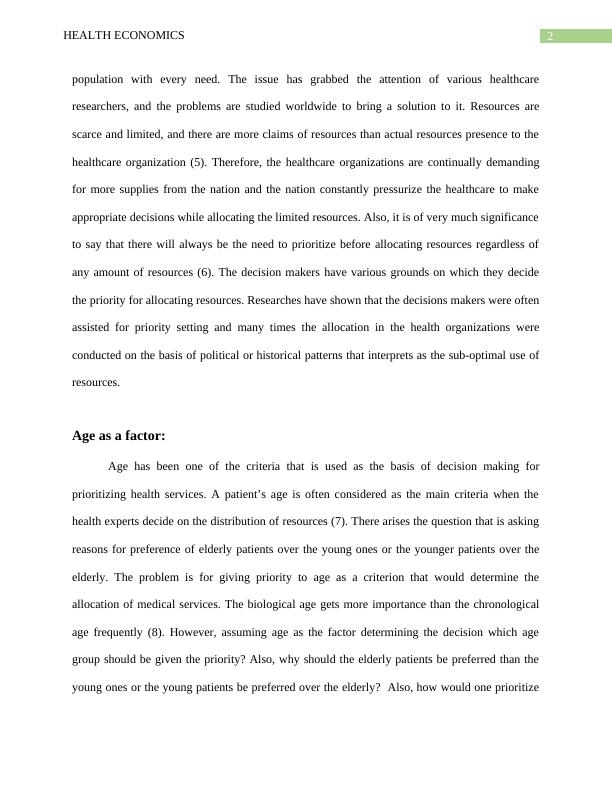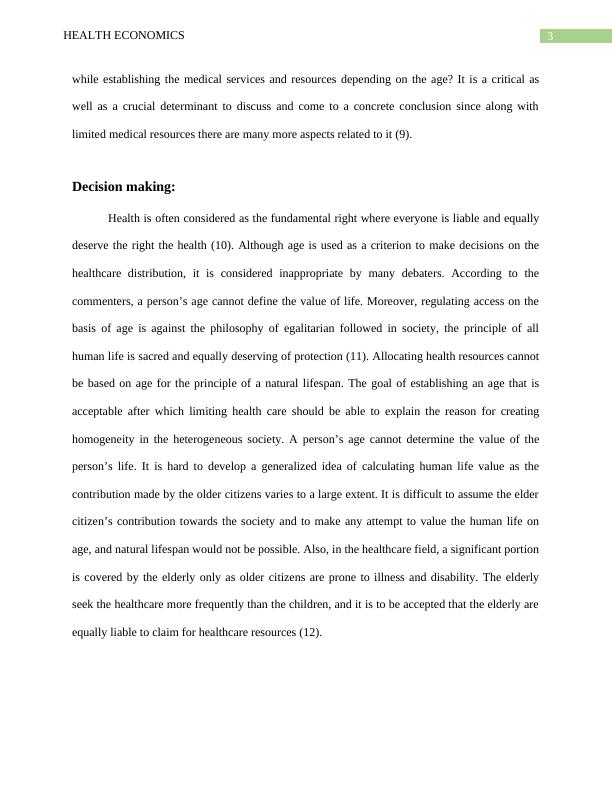Prioritizing Resource Allocation between Children and the Elderly
Choose a policy problem related to health care priority setting and discuss its application in a hospital context, including ethical issues.
11 Pages2860 Words406 Views
Added on 2023-06-07
About This Document
This essay presents a perspective of prioritizing resource allocation between children and the elderly. The essay also discusses the ethical issues that may arise in the decision making of resource allocation for the care of the elderly and the care of children.
Prioritizing Resource Allocation between Children and the Elderly
Choose a policy problem related to health care priority setting and discuss its application in a hospital context, including ethical issues.
Added on 2023-06-07
ShareRelated Documents
End of preview
Want to access all the pages? Upload your documents or become a member.
LAWD20039 - Resource Allocation and Priority Setting
|14
|3497
|164
Resource Allocation and Prioritizing in Healthcare
|8
|2369
|474
Report on Information Exchange and Coordination
|5
|1215
|18
The Principles of Australian Company Laws
|14
|3193
|420
Should Children be allocated more Health Care Resources than Elderly?
|8
|2536
|165
Issue in Health Care Industry
|4
|860
|86




